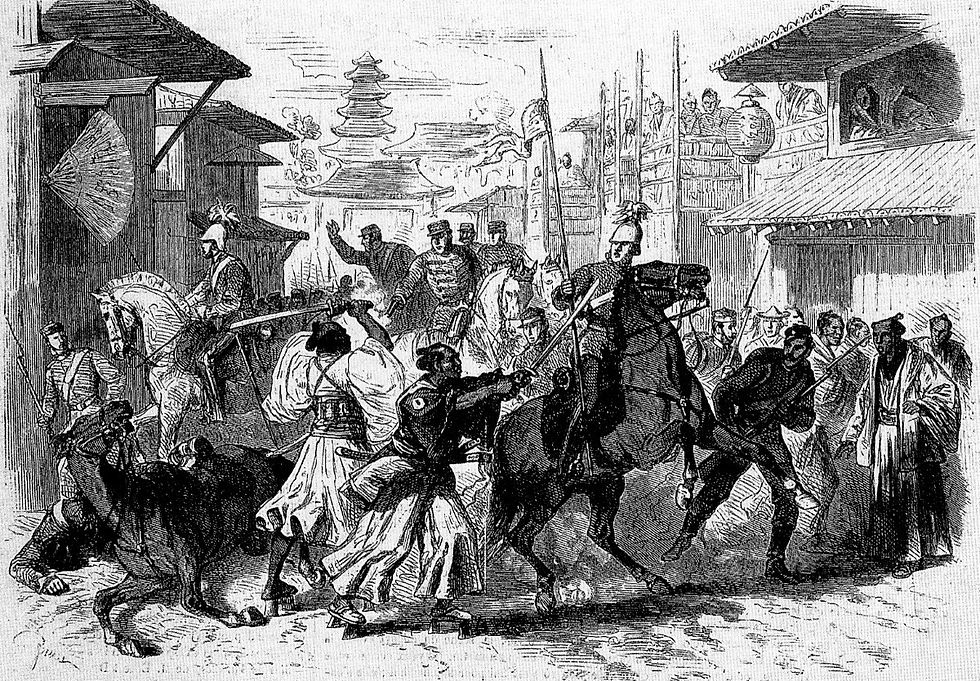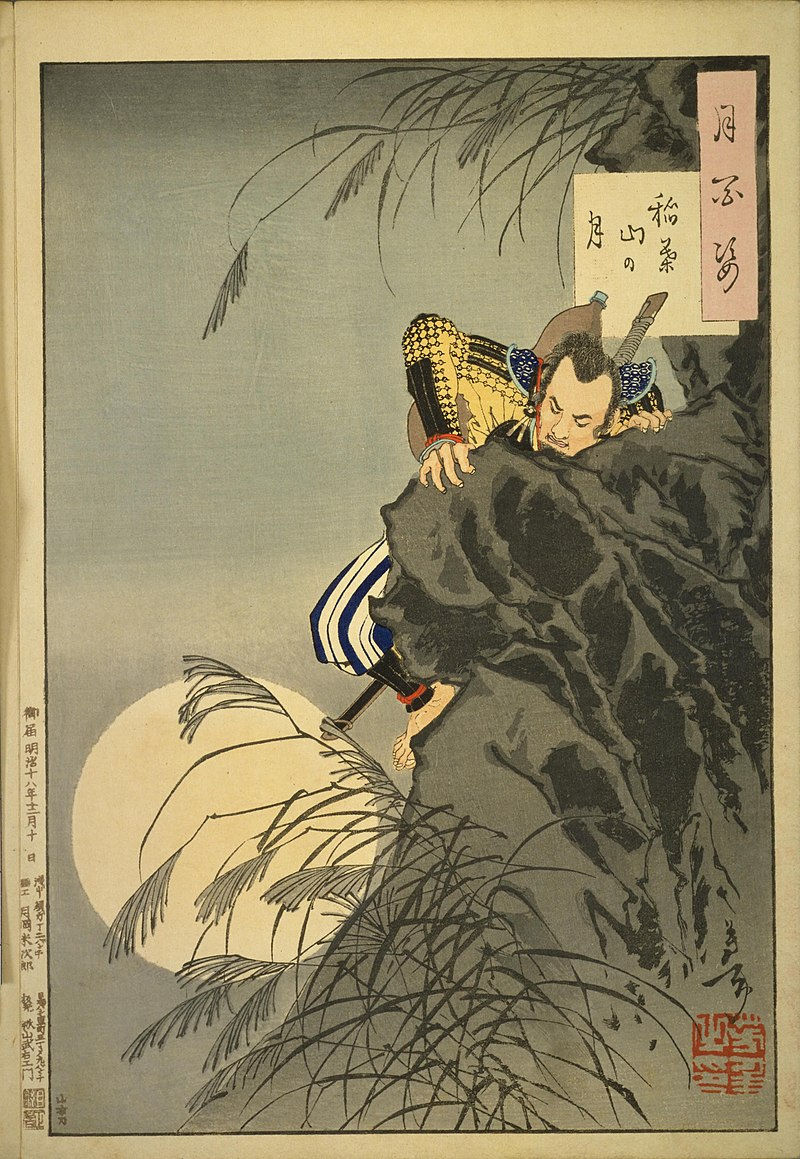Bakumatsu Period
- 2304583d
- Aug 4, 2024
- 2 min read

The Bakumatsu period (幕末時代, Bakumatsu jidai) refers to the final years of the Edo period (1603-1868) in Japan, from 1853 to 1868. This period was marked by significant political, social, and economic upheaval as Japan transitioned from a feudal society under the Tokugawa shogunate to the modern Meiji state.
Key Events and Developments
Arrival of Commodore Perry (1853-1854)
Black Ships: In 1853, Commodore Matthew Perry of the United States Navy arrived with a fleet of black ships, demanding the opening of Japan to foreign trade and diplomatic relations.
Treaty of Kanagawa (1854): Perry's expeditions led to the signing of the Treaty of Kanagawa, which ended Japan's policy of isolation (sakoku) and opened the ports of Shimoda and Hakodate to American ships. Unequal Treaties
Following the Treaty of Kanagawa, Japan signed several unequal treaties with Western powers, including the Harris Treaty (1858) with the United States, which granted extraterritorial rights to foreigners and imposed low import tariffs on foreign goods. Internal Unrest
Sonno Joi Movement: The slogan "Revere the Emperor, Expel the Barbarians" (尊王攘夷, Sonnō Jōi) became popular among samurai and nationalist groups who opposed the shogunate's concessions to foreign powers.
Shishi Activism: Loyalist samurai, known as shishi (志士), engaged in acts of violence and assassination against officials who supported the shogunate's policies. Political Reform and Conflict
Reform Attempts: The Tokugawa shogunate attempted various reforms to stabilize its rule, including the Kansei Reforms and the Tempo Reforms, but these were largely unsuccessful in addressing the underlying issues.
Boshin War (1868-1869): Tensions culminated in the Boshin War, a civil war between forces loyal to the shogunate and those seeking to restore imperial rule. The imperial forces, led by the domains of Satsuma, Choshu, and Tosa, ultimately triumphed.
Social and Economic Changes
End of Feudalism
The abolition of the feudal han system and the establishment of a centralized government led to the reorganization of the social hierarchy, including the abolition of the samurai class. Economic Transformation
The Bakumatsu period saw the beginnings of industrialization, with the establishment of shipyards, ironworks, and other modern industries. Foreign trade increased, bringing new goods and technologies to Japan. Cultural Shifts
The influx of Western ideas and culture began to influence Japanese society, leading to changes in fashion, education, and technology. Traditional practices coexisted with new, Western-inspired innovations.
The Bakumatsu period was a time of profound change and set the stage for Japan's rapid modernization during the Meiji era. The period's legacy includes the dramatic transformation of Japanese society, the end of feudal rule, and the emergence of Japan as a modern world power.




Comments